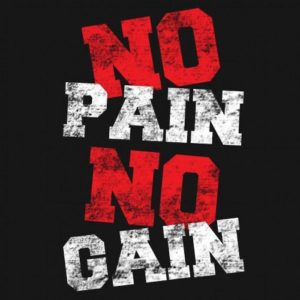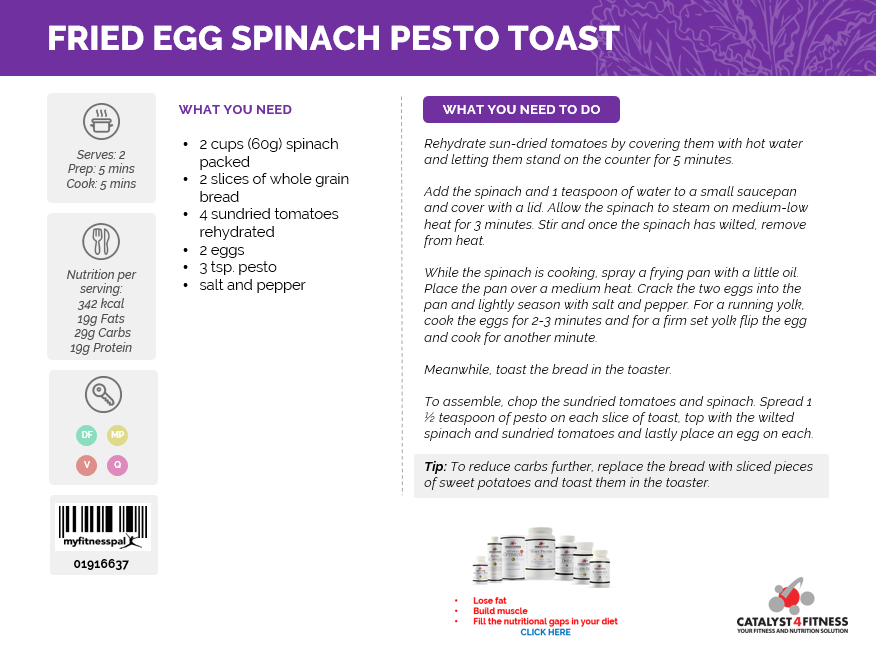Bad Fitness Tips
Social media has provided an environment where anyone can post bad fitness tips. Their “best ever” piece of advice is likely going to result in you never reaching your goals, and potentially getting injured.
Along with this, it also has apparently become irrelevant if the source of this so-called “new and improved method” doesn’t even hold a fitness-related degree or certification, have any hands-on experience, or even know the difference between a dumbbell and a barbell. She can simply post a few booty shots, wear tight leggings, show some cleavage, and BAM!, she has an instant and ever-growing Instagram following.
Therefore she must be an expert, right?
Ugh. SMH

Be wary. This is your health and your life. Take both seriously. More than likely you are nothing more to them than simply another online follower or, better yet, a paid subscriber. If they can get you to pay $10 a month, with just 1000 followers, they’ve just pocketed $10,000 each month for posting fake and probably dangerous health and fitness tips. Then they entice you to buy their workout programs or meal plans with the implicit promise that by doing so, you will look just like them. This simply won’t happen. The two of you are different people, with different genetics, goals, body types, fitness levels, and backgrounds.
You should also be careful of the studies you believe, regardless of whether they are published by the mainstream media or individual blogs. Some of the questions you should ask yourself are:
How many participants were involved?
Did the researchers control variables by only including participants who are similar in gender, age, health, fitness level, fitness background, and other factors pertinent to the study?
How long did the study last? Was it a couple of years or was it a couple of decades?
Was data collected objectively or reported subjectively through questionnaires or phone calls?
Which external factors were controlled and which were not?
Was the research funded by a third party?
The number of bad fitness tips and other nonsense I hear about, read in articles, see posted on Facebook or Youtube, and reported by news stations day in and day out is overwhelming and disappointing. There is such a strong push for 24/7 media coverage that taking the time to double-check their sources has been all but forgotten. On the rare occasion that a reporter learns after-the-fact a mistake was made, its announcement only receives a fraction of the coverage that the initial report did, resulting in most people never knowing there was a retraction and unknowingly continuing to jeopardize their health.
As a certified personal trainer and fitness nutrition coach, I have compiled 13 bad fitness tips you should run away from – far and fast.
No Pain, No Gain
This overused phrase is awful. Pain is not something to trifle with as it indicates an injury. It is also important to understand that pain is different than feeling sore. If it hurts when you exercise, stop. If it’s difficult, or if you feel uncomfortable because the exercise is new to you, keep trying.
Lose Up to 20 lbs.
Often a magazine or online post proudly boasts that a particular workout, probably one endorsed by a celebrity with perfectly styled hair, a gleaming white smile, and a tanned body, will help you to “LOSE 20 LBS. IN 2 WEEKS” or “GET A BOOTY LIKE J. LO”.
The workouts they are freely giving to you, or charging a nominal fee, are generic. They may not even include exercises for all of your major muscle groups. They may tell you to perform a number of sets and reps that won’t help you reach your goal. They may define a rest period that sabotages your efforts in the gym. If you truly want to be successful, you need a workout that is customized for you – based on your goals, your medical history, your areas in need of improvement, and your fitness level.
Lift Like Swarzenegger
Lifting heavy weights could help you build muscle, but not without following a structured diet designed for you. Lifting heavy and “bulking up” by eating pizza and drinking beer will not result in a muscular body. Instead, your bodyfat percentage will skyrocket.
The more muscle you have, the higher your metabolism. In other words, more muscle allows you to burn more fat, even at rest. This could help you to have more muscle definition and look leaner too – another reason to follow a workout and meal plan designed for you.
Best Time to Workout Is...
While there have been studies reporting that there are ideal times to exercise based on circadian rhythm and other factors, when it comes down to it, the best time for you to workout is the time of day that you will commit to on a consistent basis. The actual time could change from one day to the next due to your schedule, but scheduling it and exercising regularly is key to reaching your goals.
Your Workout Was a Waste If You Aren't Sore
You know the feeling –walking up or down stairs is painful, sitting on the toilet is painful, raising your arms in the shower to wash your hair is painful.
The truth is that being sore is not indicative of the intensity of your workout. You can feel sore from gardening but the effort exerted crawling around on the ground and pulling weeds is not the same as performing a high intensity interval training workout. You know if you worked hard while exercising, just like you know if you skated by and only did the minimum necessary to get through it. Many times you will be sore after a workout, but on the occasions that you aren’t yet you know you gave your all, don’t sweat it. (pun intended) To help reduce the soreness and prepare your body for its next workout, take this.
You Can Eat Whatever You Want If You Exercise
Well, technically yes, you can eat whatever you want if you exercise but not if you want to improve your health, lose weight, build muscle, and have a stronger feeling of overall well-being. You can not out-train a bad diet. Your overall results are based on what you do all 24 hours of the day, not just the hour you spend in the gym. Put forth the effort in the kitchen and the gym, and you will be richly rewarded.
Crunches Give You a Six Pack
Um…not how you think. Studies have shown that to lose a pound of fat, you need to complete 22,000 crunches. Who has time to do this? Instead, perform total body exercises like burpees and mountain climbers, and follow a structured diet designed to help you reach your goals. After all, you won’t have a six pack to show if your abs are covered by layers of fat.
Do Not Eat After 7 p.m.
Or what will happen? Who made this up? Your weight and body composition are determined by your total caloric intake and expenditure, and the ratio of the macronutrients protein, carbohydrates, and fat that you consume. You can eat after 7 p.m. without turning into a werewolf, or feeling the wrath of any other cockamamie idea they’ve attached to this myth.
12 Reps per Set is the Best
Twelve reps could be right for you at some point in your workouts but it isn’t a one-size-fits-all answer. Different goals require different numbers of repetitions. It could be 5 – 8 reps, 12 – 15, or 20 or more. Depending on the reps per set, your rest time in between sets will likely change as well. For instance, a circuit is without rest until all of the exercises are completed, supersets allow for rest only after both exercises are finished, and straight sets have you rest after each set. The amount of rest time can also vary from 0 – 60 seconds or more, again, based on your goals.
If You Don't Sweat A Lot, You Didn't Work Hard Enough
While most people don’t suffer from hyperhidrosis, some people sweat much more profusely than others, whether they are performing a high intensity workout or simply taking a casual stroll. Your environment can also affect this – hot versus cold weather, no breeze or windy, and even high altitudes may cause you to sweat more than usual. Another example is if you are ill, you could be more prone to sweating. None of these directly correlate with working hard.
If You Exercise, You Don't Need 7 Hours of Sleep
Exercising consistently and establishing a solid sleep routine are two components of a healthy lifestyle. Having one does not negate the importance of the other. To perform your best, in the gym and everywhere else, getting at least 7 hours a night is needed. In fact, many people report sleeping better when they exercise regularly.
Carbs are Bad
Carbohydrates give you energy, although some are better for you than others. Complex carbohydrates like sweet potatoes and oatmeal should be staples in your diet. Avoid processed ones like white bread and packaged cookies. Fruit, another carb, is high in sugar and should be eaten in moderation.
Exercise Classes are for People at All Fitness Levels
Effective and well-structured classes are designed to challenge people at a certain fitness level. While some group classes allow for modifications or progressions, many do not. A Yoga 101 class is most probably advertised as “for beginners”, and would not be appropriate for a yogi. A high intensity interval training class is for advanced participants. It is too fast-paced and demanding for those new to exercise.
It is often safer to start with personal training to learn proper form and become comfortable with exercising in front of others, and then begin taking classes.
These bad fitness tips are just a few of the ones I hear on a daily basis. Invest your health and your future by working with a certified personal trainer to learn the truths. Don’t waste your time using social media as your coach.

